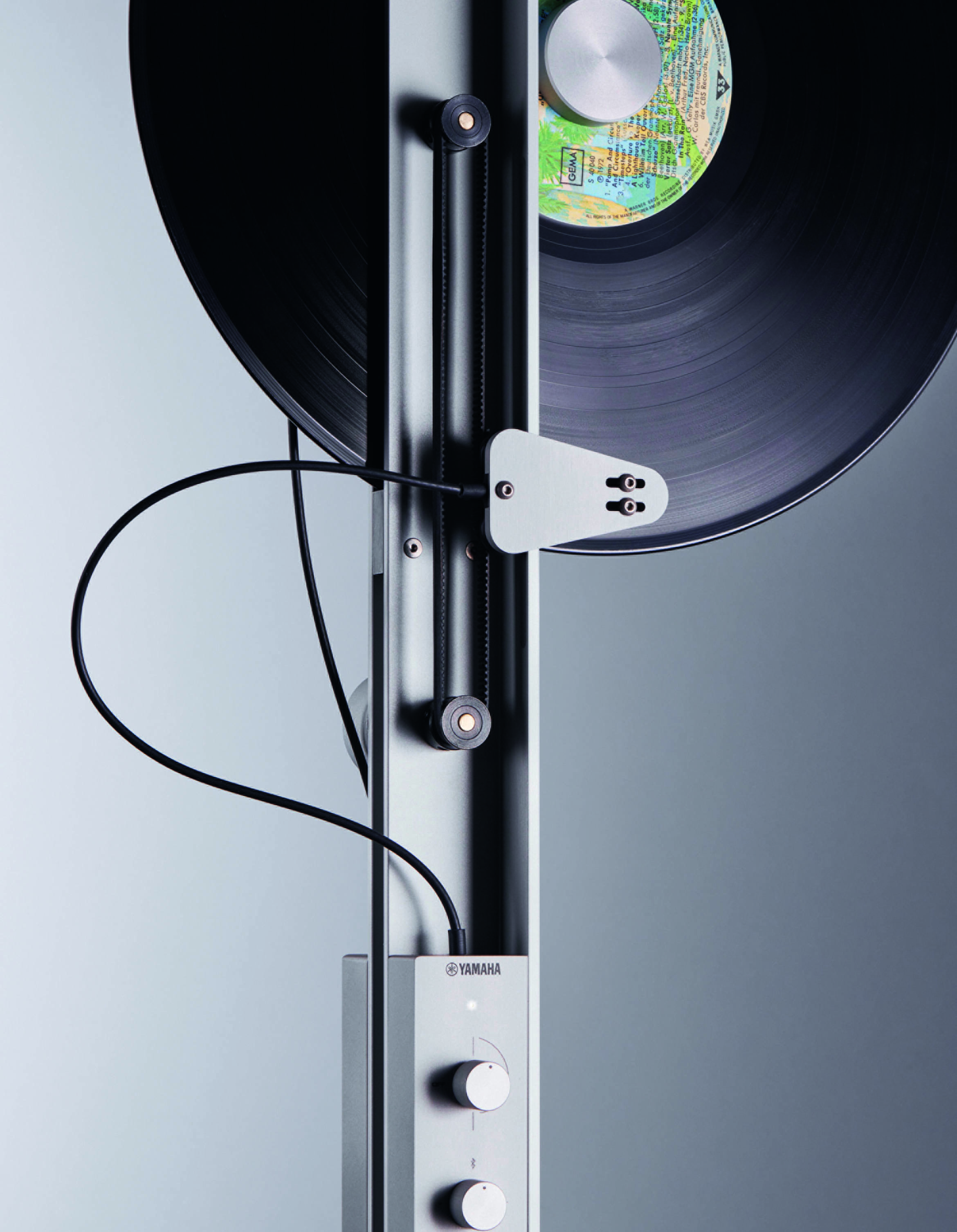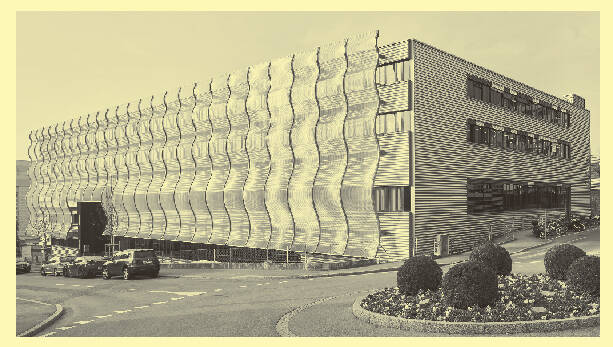
How one ECAL student spun the record round
Our new book on this seminal Swiss design school details ECAL’s playful audio project with Yamaha
In his introduction to The ECAL Manual of Style, the author and industrial designer Jonathan Olivares reflects on the differing approaches towards design tuition that have been adopted over the years, citing diverse sources, from the practices of the Bauhaus design school, and through to the outlook of Wu-Tang Clan co-founder, The RZA, among many others. Olivares also quotes the great French New Wave filmmaker Jean-Luc Goddard who once said, with reference to creativity, ‘It’s not where you take things from – it’s where you take them to.’
Goddard's sentiment certainly reflects the diverse practices at work within the École cantonale d'art de Lausanne, the renowned university of art and design based in Switzerland. In our new book, Alexis Georgacopoulos, the school’s director, reflects on its style.
“This diversity – in approaches, voices and topics – has been, and still is, one of the trademarks that sets ECAL apart,” he writes in the book’s introduction. “The students are invited to acquire a comprehensive skill set, embracing many methods, questioning everything, not being afraid to reinvent themselves and to arrive at – sometimes – unexpected results.”
Consider the school’s Yamaha Sound Machines project from 2021. Working in collaboration with the Japanese company’s own design laboratory, ECAL students set out to reinvent music players and their ancillary accessories with the aim of “exploring new habits surrounding the domestic music experience.”

ECAL (L'Eole cantonale d'art de Lausanne), Renens, Lausanne, Switzerland. Photo by Younès Klouche
Undertaken at a time when streaming and wireless speakers had removed some of the visual intrigue from home audio systems, ECAL and Yamaha focussed on the physical, emotive and behavioural qualities of objects, as our new book explains.
“Six students each produced a concept and prototype music player,” the book text says. “Each design proposes a new interaction: an AI-enabled device that acts as a band mate for musicians; a pair of speakers and lights intended to enhance the experience of taking in online concerts; a home speaker that allows simultaneous inputs from multiple devices, with the potential of acting as a mixer; a pair of wood and aluminium sculptural objects that generate sounds intended to trigger autonomous sensory meridian response (ASMR) sensations in their users; a vertical, floor-standing player that celebrates the tangibility and aesthetics of the vinyl record; and a wall-mounted frame that allows a user to assign certain songs to objects, playing those songs when the objects are placed on it.”
They’re all beautiful reinterpretations of old and new hi-fi technologies, but it’s that floor-standing vinyl player (pictured) by Masters student Jonas Villiger that truly stands out. By turning this familiar product on its side, he’s made a record player that’s surely more playful than anything else available today.

The ECAL Manual of Style
To find out more about this project as well as many others, order a copy of The ECAL Manual of Style here.
The book poses the question ‘How should design be taught today?’ to select designers, critics, and writers, and the answers highlight the school’s unique approach to design: encouraging individual and personal styles, and rigorously pushing them to develop into their most coherent forms. This is the only book to explain ECAL's innovative teaching methods, which encourage students to be business-minded as well as creative.